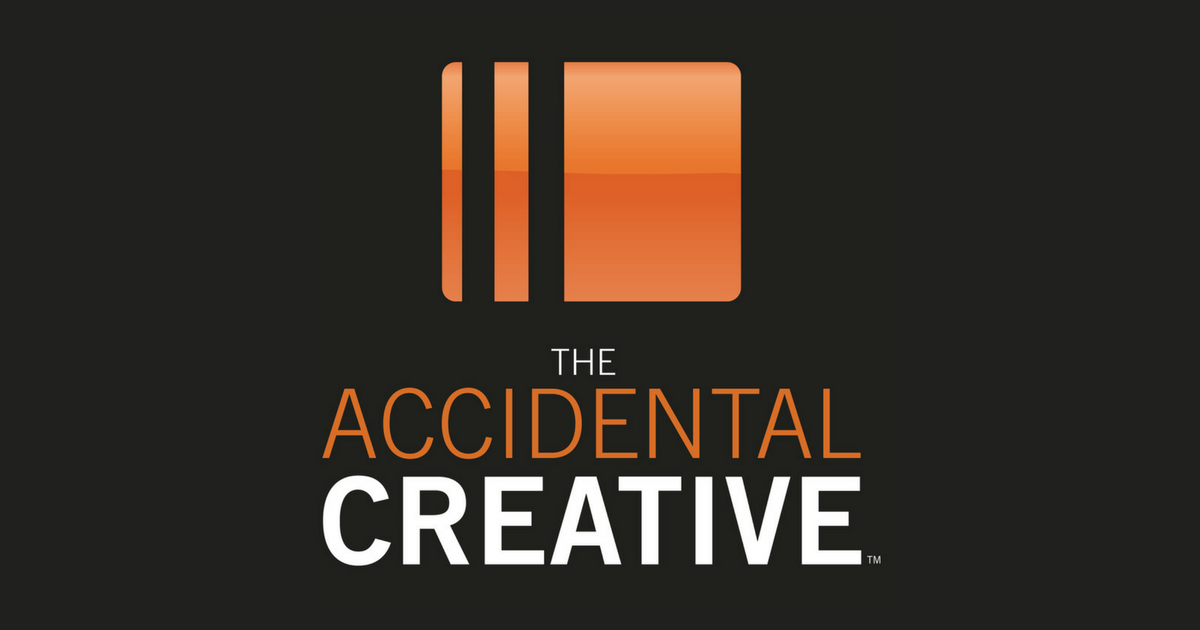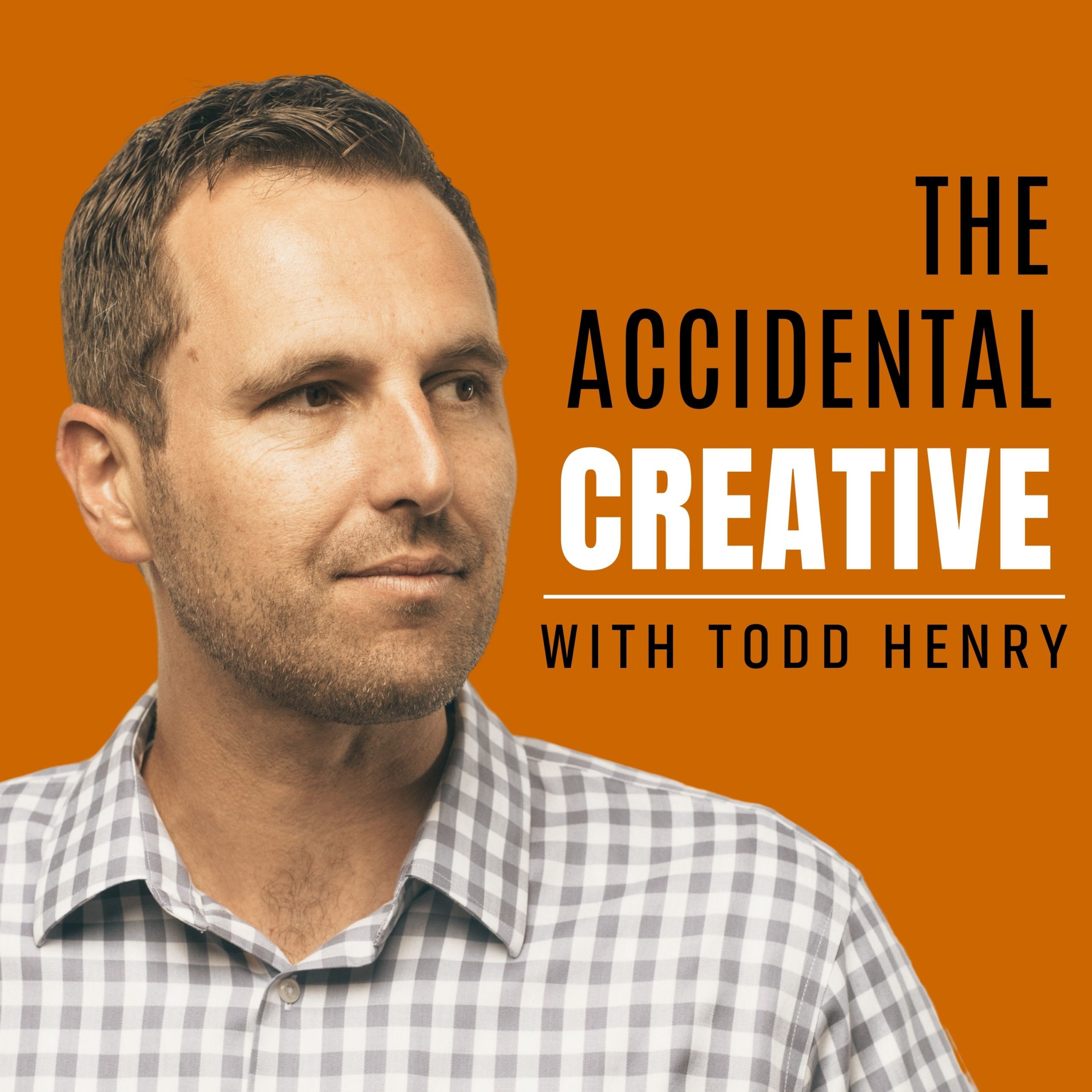I grew up in the country. (THE country, as in surrounded by lots of land and few buildings.) One of the things that occasionally happened when taking a car or truck “off-road” is that it would get stuck in the mud. For newbies who get stuck in the mud, the thing that seems like the most obvious solution is actually one of the worst: spinning your wheels and trying to gain traction. To get out of the mud, you actually need a coordinated effort of bi-directional movement.
What this means is that if you keep spinning your wheels in one direction you will eventually just dig yourself deeper and deeper into the hole. However, if you “rock” the car back and forth by going from drive to reverse to drive to reverse you will have a much better chance of gaining traction and getting out of the mud.
I’ve used the same principle to help creative teams get out of the virtual “mud” that ensnares them. Many teams, when stuck, will just keep cranking away, spinning their wheels and looking for a solution. This typically means staring harder at the problem, working longer hours or trying to squeeze more business out of existing clients.
It’s far easier to “rock” the problem rather than spinning your wheels in the same direction. Because we often obsess on what something is or should be, it’s often incredibly effective to additionally ask what it isn’t or shouldn’t be:
– For brand identity, who aren’t we?
– For a new product, who aren’t we trying to reach?
– For a feature set, what will this definitely not do?
– For a mission/purpose statement, what are we trying not to do?
– For a design, what is this not wanting to be?
– In writing, where will this definitely not go?
The beautiful thing about this method is that it gives you permission to think both negatively and positively about the problem and therefore to ensure that you’re covering all possible angles and solutions. Rocking back and forth on a problem can also jog previously overlooked connections and solutions as you shift from is to is not thinking.




0 Comments